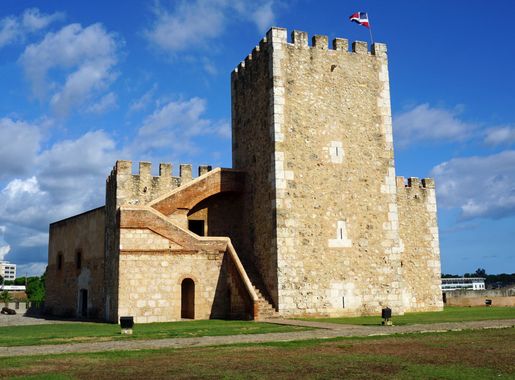
The Vibrant Malecon of Santo Domingo
Discover the dynamic blend of history, culture, and vibrant nightlife along the stunning coastal avenue of Malecon in Santo Domingo.
The Malecon in Santo Domingo is a lively coastal avenue that stretches along the Caribbean Sea, offering breathtaking views and a dynamic atmosphere. This iconic promenade is a perfect blend of culture, history, and modern entertainment, making it a must-visit destination for tourists. As you stroll along the Malecon, you'll be greeted by the refreshing sea breeze and the sight of locals and visitors alike enjoying the scenic beauty. From dawn till dusk, the Malecon is bustling with activity. During the day, you can explore the numerous parks, monuments, and historical landmarks that dot the avenue. Notable sights include the Obelisk, a towering monument that stands as a symbol of the city's resilience and history, and the Fort of San Gil, a testament to the colonial past of Santo Domingo. The Malecon is also home to several museums and cultural centers where you can immerse yourself in the rich heritage of the Dominican Republic. As evening falls, the Malecon transforms into a hub of nightlife and entertainment. The avenue is lined with a variety of restaurants, bars, and clubs where you can savor delicious Dominican cuisine and dance the night away to the rhythms of merengue and bachata. The vibrant energy of the Malecon, combined with the stunning sunset views over the Caribbean Sea, creates an unforgettable experience for any traveler.
Local tips in Malecon
- Wear comfortable shoes for walking as the Malecon is best explored on foot.
- Visit early in the morning or late in the afternoon to avoid the midday heat.
- Bring a camera to capture the stunning views and historical landmarks.
- Try local street food vendors for an authentic taste of Dominican cuisine.
- Be cautious with your belongings, especially during the night.
The Vibrant Malecon of Santo Domingo
The Malecon in Santo Domingo is a lively coastal avenue that stretches along the Caribbean Sea, offering breathtaking views and a dynamic atmosphere. This iconic promenade is a perfect blend of culture, history, and modern entertainment, making it a must-visit destination for tourists. As you stroll along the Malecon, you'll be greeted by the refreshing sea breeze and the sight of locals and visitors alike enjoying the scenic beauty. From dawn till dusk, the Malecon is bustling with activity. During the day, you can explore the numerous parks, monuments, and historical landmarks that dot the avenue. Notable sights include the Obelisk, a towering monument that stands as a symbol of the city's resilience and history, and the Fort of San Gil, a testament to the colonial past of Santo Domingo. The Malecon is also home to several museums and cultural centers where you can immerse yourself in the rich heritage of the Dominican Republic. As evening falls, the Malecon transforms into a hub of nightlife and entertainment. The avenue is lined with a variety of restaurants, bars, and clubs where you can savor delicious Dominican cuisine and dance the night away to the rhythms of merengue and bachata. The vibrant energy of the Malecon, combined with the stunning sunset views over the Caribbean Sea, creates an unforgettable experience for any traveler.
Iconic landmarks you can’t miss
Columbus Park
Discover the heart of Santo Domingo at Columbus Park, a historical landmark that embodies the charm and culture of the Dominican Republic.
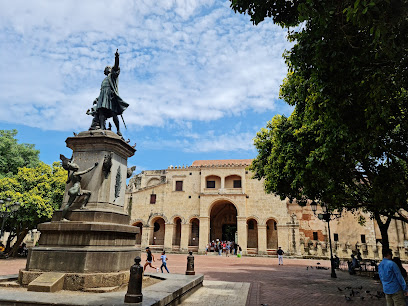
Plaza Juan Barón
Discover the natural beauty and cultural vibrancy of Plaza Juan Barón, a must-visit park in the heart of Santo Domingo, perfect for relaxation and entertainment.
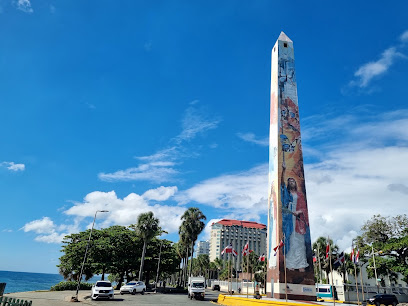
Santo Domingo Malecon
Discover the vibrant beauty of Santo Domingo Malecon, where scenic ocean views meet rich culture and lively local life.

Plaza de la Bandera Republica Dominicana
Explore the beauty and significance of Plaza de la Bandera, a historical landmark in Santo Domingo that represents the heart of Dominican culture.
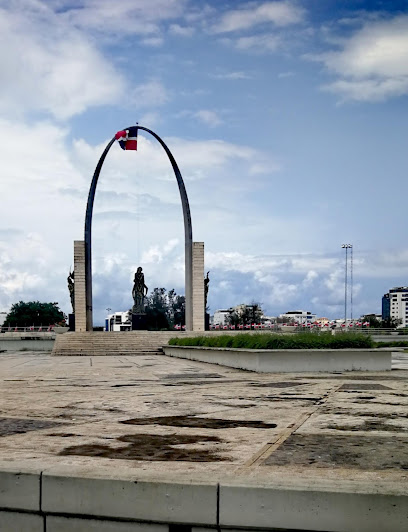
Faro a Colón, Santo Domingo Este
Explore the rich history of Dominican Republic at Faro a Colón, a cultural landmark celebrating Christopher Columbus and the Caribbean heritage.
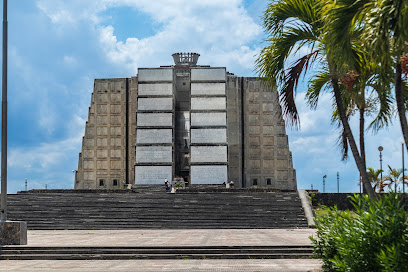
Fortaleza Ozama
Explore Fortaleza Ozama, the oldest fortress in the Americas, a testament to Dominican history and a stunning landmark in Santo Domingo.
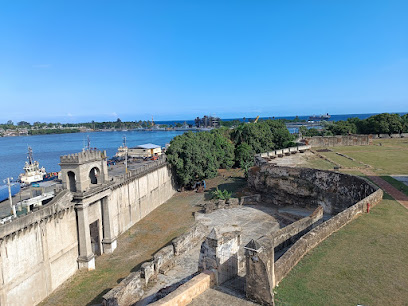
Alcázar de Colón
Explore the Alcázar de Colón, a historic museum in Santo Domingo showcasing colonial art and the legacy of the Columbus family.
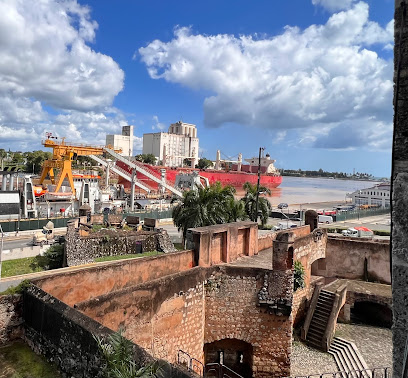
Santo Domingo Obelisk
Discover the striking Santo Domingo Obelisk, a historic landmark on the picturesque Av. George Washington, offering stunning views and cultural significance.
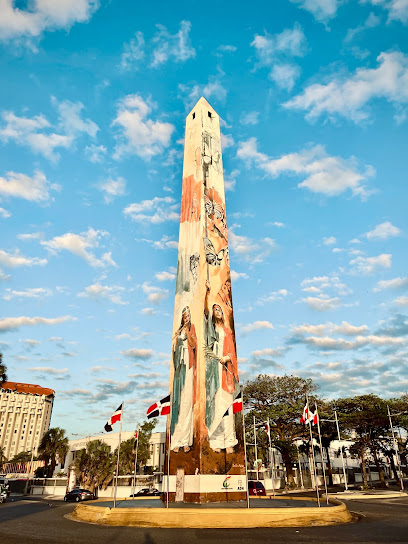
Malecón Santo Domingo
Explore the vibrant Malecón Santo Domingo, a scenic waterfront promenade offering stunning views, local culture, and lively atmospheres for every visitor.
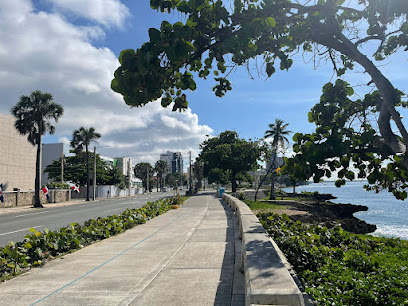
Malecón Santo Domingo Este
Experience the vibrant culture and breathtaking views at Malecón Santo Domingo Este, a must-visit waterfront destination in the Dominican Republic.
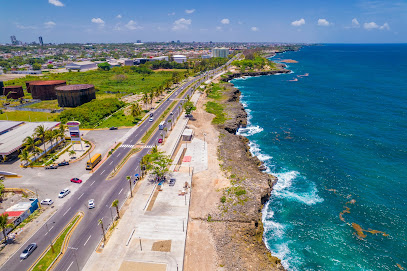
Unmissable attractions to see
Columbus Park
Explore the historical beauty of Columbus Park in Santo Domingo, where culture, history, and vibrant local life blend seamlessly.
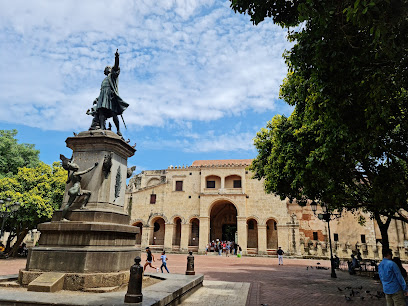
Independence Park
Discover Independence Park in Santo Domingo, a blend of history and nature, where lush green spaces meet cultural heritage.
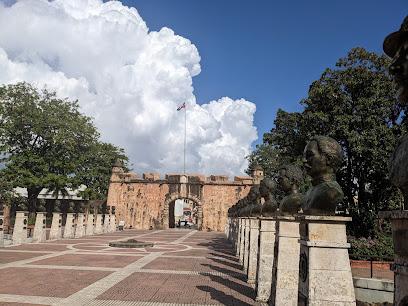
Plaza Juan Barón
Experience the vibrant atmosphere of Plaza Juan Barón, a cultural gem in Santo Domingo, perfect for relaxation, local cuisine, and entertainment.

Santo Domingo Malecon
Experience the vibrant Santo Domingo Malecon, where stunning ocean views meet local culture and delightful cuisine in the heart of the Dominican Republic.
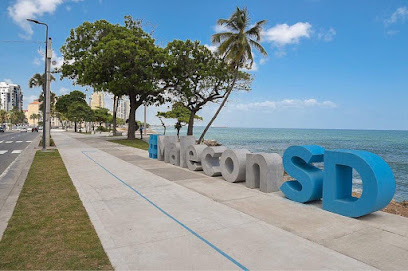
Parque Eugenio María de Hostos
Experience the serene beauty of Parque Eugenio María de Hostos, a tranquil urban park in Santo Domingo perfect for relaxation and cultural immersion.
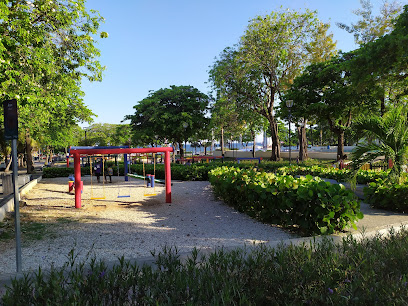
Alcázar de Colón
Discover the rich history and stunning architecture of Alcázar de Colón, a premier museum located in the Colonial Zone of Santo Domingo.
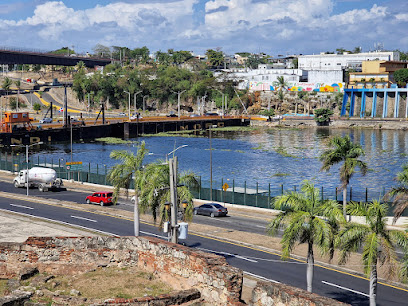
Amber World Museum
Explore the captivating world of amber at the Amber World Museum in Santo Domingo, showcasing stunning artifacts from the Dominican Republic's rich natural history.
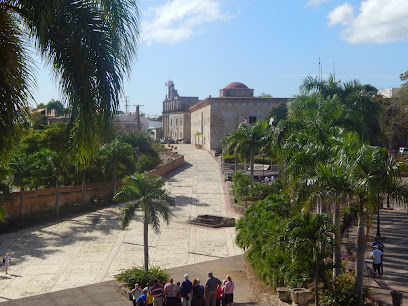
Colonial Zone Dominican Republic
Explore the Colonial Zone of Santo Domingo, a UNESCO World Heritage site rich in history, culture, and stunning colonial architecture.
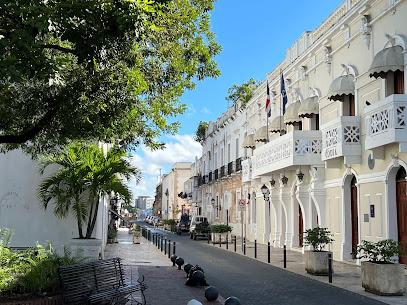
Essential places to dine
Adrian Tropical
Experience authentic Dominican flavors at Adrian Tropical - where every dish tells a story of culture and tradition.
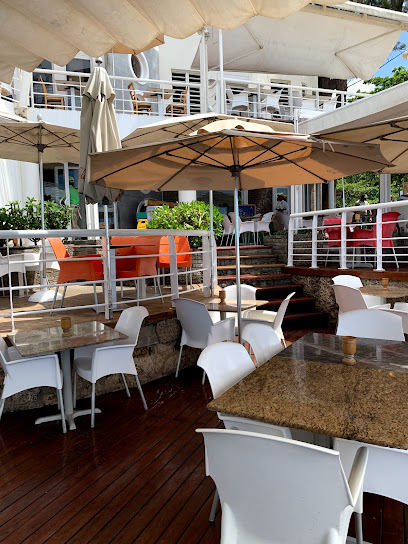
D' Luis Parrillada
Experience authentic Dominican barbecue at D' Luis Parrillada in Santo Domingo—where flavor meets tradition in every bite.
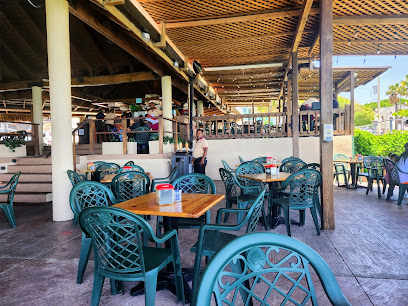
La Locanda - Malecón
Discover authentic Italian cuisine at La Locanda in Santo Domingo's historic Zona Colonial, where every dish tells a story.
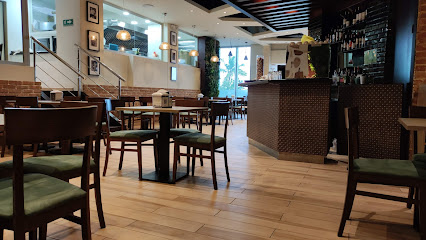
Luna Tapas Bar & Restaurant
Experience the vibrant culinary scene at Luna Tapas Bar & Restaurant in Santo Domingo, where traditional flavors meet modern flair.

Lungomare Bar & Gril
Discover Lungomare Bar & Grill in Santo Domingo - where breathtaking ocean views meet exquisite cuisine for an unforgettable dining experience.
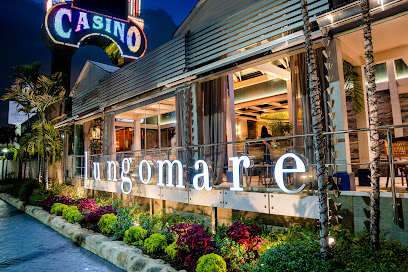
Malecón Terrace
Experience stunning ocean views and exquisite Dominican cuisine at Malecón Terrace in Santo Domingo.
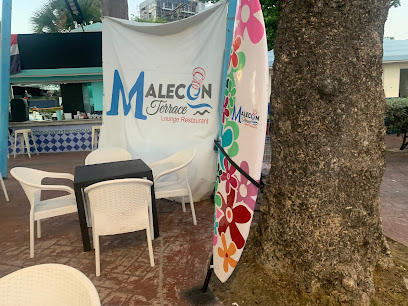
Food Truck Malecon
Explore diverse flavors at Food Truck Malecon in Santo Domingo – where street food meets vibrant seaside charm.
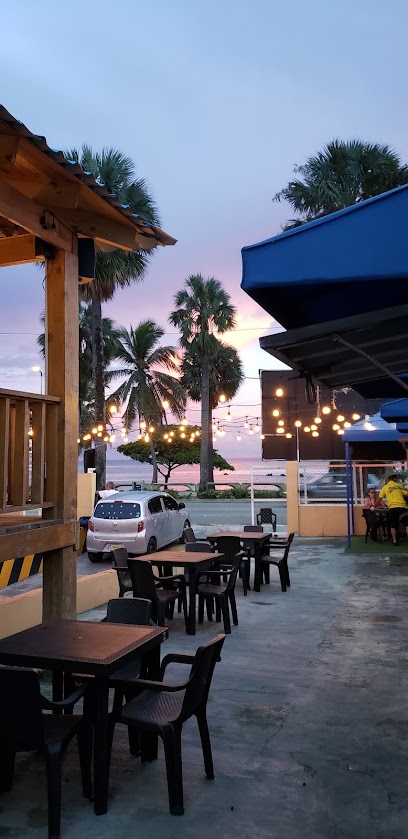
La kasita malecón
Experience gourmet burgers at La Kasita Malecón in Santo Domingo - where every bite tells a story.
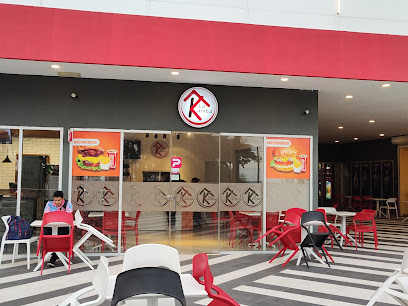
O
Experience authentic Dominican cuisine with stunning ocean views at this vibrant restaurant on Santo Domingo's Malecon.
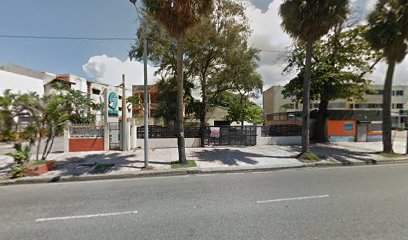
bahiachapina.com
Discover authentic Dominican flavors at Bahia Chapina on Guibia Malecon—perfect for quick takeout and scenic strolls.
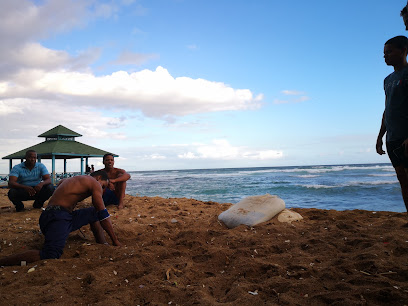
Markets, malls and hidden boutiques
Ágora Mall
Discover Ágora Mall, a vibrant shopping paradise in Santo Domingo, offering exquisite retail, diverse dining options, and family-friendly entertainment.
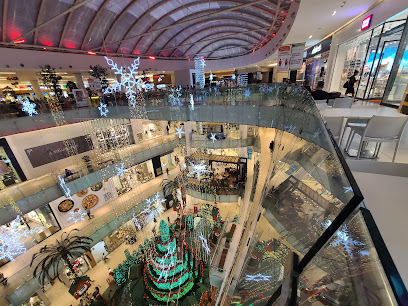
Sambil Santo Domingo
Discover Sambil Santo Domingo, the ultimate shopping destination with a vibrant mix of stores, dining, and entertainment in the heart of the capital.
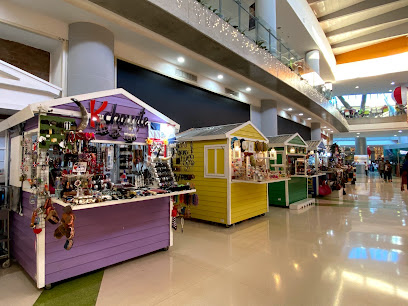
Centro Comercial Galería 360
Discover the ultimate shopping experience at Centro Comercial Galería 360 in Santo Domingo, featuring top brands, delicious dining, and vibrant entertainment.
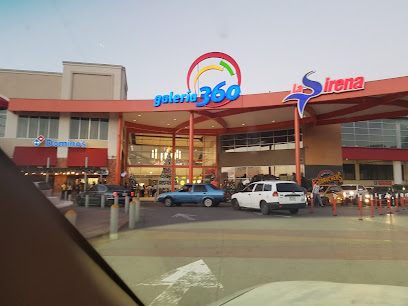
BlueMall Santo Domingo
Experience luxury shopping, exquisite dining, and vibrant entertainment at BlueMall Santo Domingo, the premier shopping destination in the Dominican Republic.
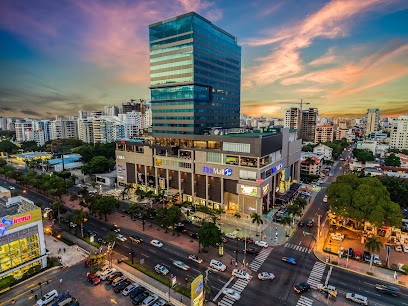
Bella Vista Mall
Explore Bella Vista Mall in Santo Domingo for an unforgettable shopping experience with diverse stores, dining, and entertainment options.
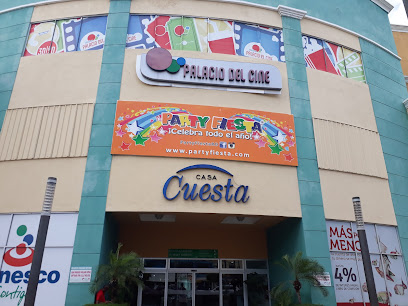
Santo Domingo Malecon
Discover the stunning views and lively culture at Santo Domingo Malecon, a must-visit waterfront destination for every traveler.

China town
Explore the vibrant Chinatown in Santo Domingo, where shopping, authentic cuisine, and cultural experiences come together to create a unique destination.

Plaza Malecón Center
Discover the lively Plaza Malecón Center in Santo Domingo for an unforgettable shopping and dining experience amidst local culture.
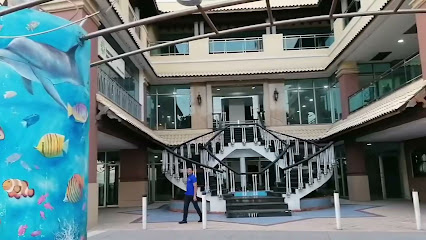
From My Country Gift Shop
Explore the charm of Santo Domingo at From My Country Gift Shop, where local artistry meets unforgettable souvenirs.
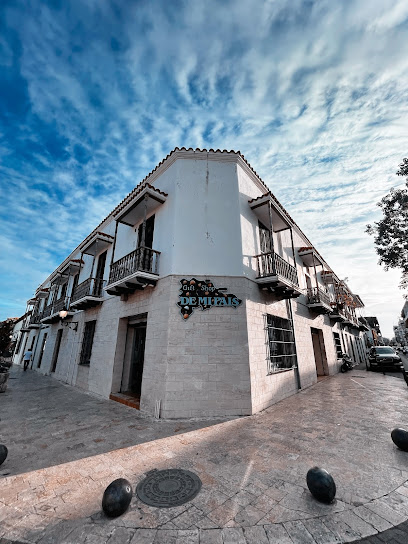
Gift Shop Mercado Artesanal
Explore Mercado Artesanal Gift Shop in Santo Domingo for unique Dominican crafts and souvenirs in a vibrant cultural setting.
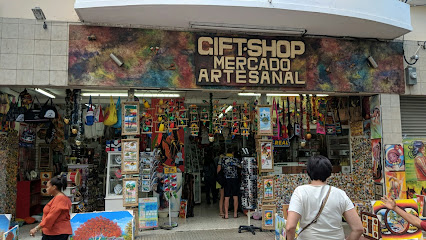
Essential bars & hidden hideouts
Caciba Bar
Discover the lively nightlife of Santo Domingo at Caciba Bar, where vibrant drinks and an energetic atmosphere await every visitor.
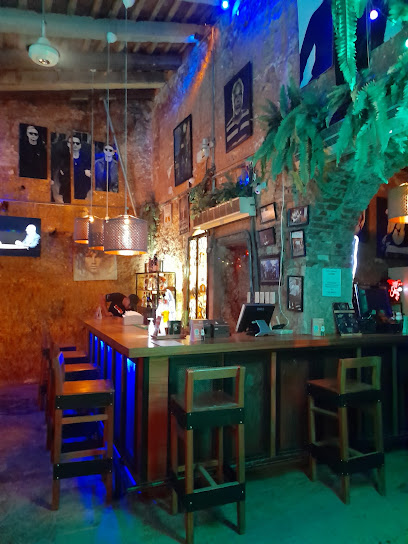
Malecon Doce Bar & Grill
Discover the vibrant flavors and lively ambiance at Malecon Doce Bar & Grill in Santo Domingo, a culinary gem for tourists seeking local experiences.

El Maleconcito Drink & Grill
Experience the vibrant nightlife and delicious cuisine at El Maleconcito Drink & Grill, a top bar and grill in Santo Domingo.
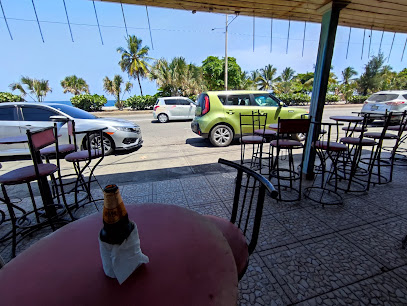
RUMBA DELUXE BAR AND LOUNGE SANTO DOMINGO
Discover the vibrant atmosphere of Rumba Deluxe Bar and Lounge in Santo Domingo, where delicious tapas meet live music in a stylish setting.
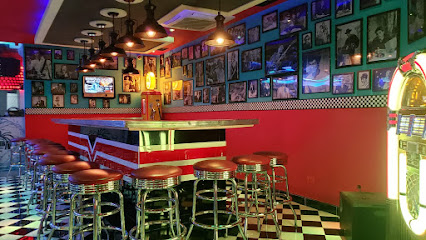
Malecon Super Fria
Discover the lively ambiance and refreshing drinks at Malecon Super Fria, a must-visit bar in Santo Domingo for an authentic nightlife experience.
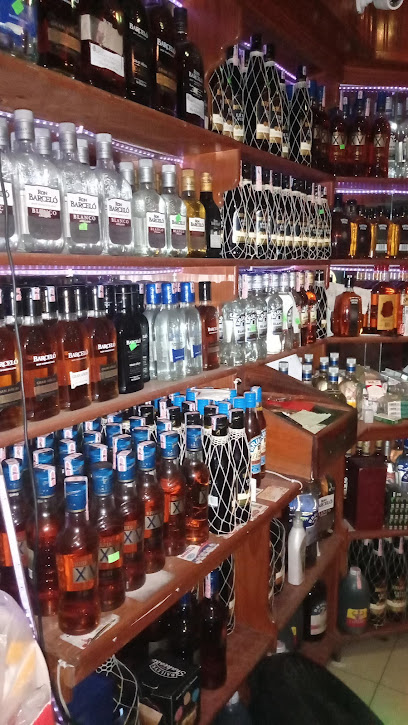
Oasis Bar & Lounge
Experience the vibrant nightlife of Santo Domingo at Oasis Bar & Lounge, where delicious cocktails and a lively atmosphere await you.
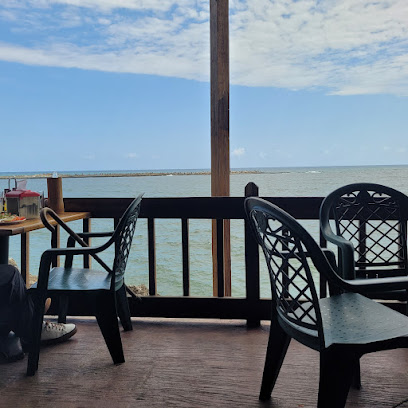
Pearl Urban Lounge
Experience the vibrant nightlife of Santo Domingo at Pearl Urban Lounge, where exceptional cocktails and lively entertainment await.

Los Reales Colmados Malecon
Discover the vibrant local culture and stunning sea views at Los Reales Colmados Malecon, a lively bar in Santo Domingo perfect for tourists.
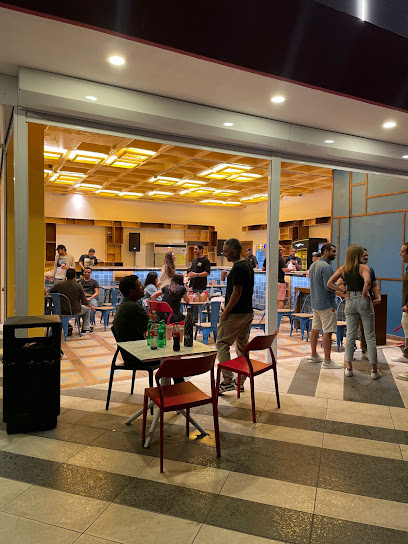
Malecon bar
Experience the lively atmosphere of Malecon Bar in Santo Domingo, where refreshing cocktails and vibrant music come together for an unforgettable night out.
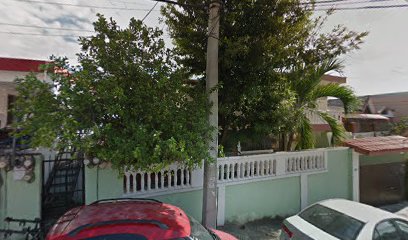
Maleconcito Food and Drinks
Discover the lively charm of Maleconcito Food and Drinks in Santo Domingo, where local flavors and vibrant atmosphere await every visitor.
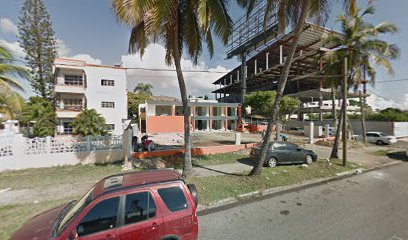
Local Phrases
-
- HelloHola
[oh-lah] - GoodbyeAdiós
[ah-dee-ohs] - YesSí
[see] - NoNo
[noh] - Please/You're welcomePor favor/De nada
[por fah-vor/de nah-dah] - Thank youGracias
[grah-see-ahs] - Excuse me/SorryPerdón/Lo siento
[pehr-dohn/loh see-ehn-toh] - How are you?¿Cómo estás?
[koh-moh ehs-tahs] - Fine. And you?Bien. ¿Y tú?
[byen. ee too] - Do you speak English?¿Hablas inglés?
[ah-blahs een-glehs] - I don't understandNo entiendo
[noh ehn-tyen-doh]
- HelloHola
-
- I'd like to see the menu, pleaseMe gustaría ver el menú, por favor
[meh goo-stah-ree-ah vehr ehl meh-noo, por fah-vor] - I don't eat meatNo como carne
[noh koh-moh kahr-neh] - Cheers!¡Salud!
[sah-loohd] - I would like to pay, pleaseMe gustaría pagar, por favor
[meh goo-stah-ree-ah pah-gahr, por fah-vor]
- I'd like to see the menu, pleaseMe gustaría ver el menú, por favor
-
- Help!¡Ayuda!
[ah-yoo-dah] - Go away!¡Vete!
[veh-teh] - Call the Police!¡Llama a la policía!
[yah-mah ah lah poh-lee-see-ah] - Call a doctor!¡Llama a un médico!
[yah-mah ah oon meh-dee-koh] - I'm lostEstoy perdido/a
[ehs-toy pehr-dee-doh/dah] - I'm illEstoy enfermo/a
[ehs-toy ehn-fehr-moh/dah]
- Help!¡Ayuda!
-
- I'd like to buy...Me gustaría comprar...
[meh goo-stah-ree-ah kohm-prahr] - I'm just lookingSolo estoy mirando
[soh-loh ehs-toy mee-rahn-doh] - How much is it?¿Cuánto cuesta?
[kwan-toh kwehs-tah] - That's too expensiveEso es demasiado caro
[eh-soh ehs deh-mah-syah-doh kah-roh] - Can you lower the price?¿Puedes bajar el precio?
[pweh-dehs bah-har ehl pree-syoh]
- I'd like to buy...Me gustaría comprar...
-
- What time is it?¿Qué hora es?
[keh oh-rah ehs] - It's one o'clockEs la una
[ehs lah oo-nah] - Half past (10)Media (10)
[meh-dee-ah (dies)] - MorningMañana
[mah-nyah-nah] - AfternoonTarde
[tahr-deh] - EveningNoche
[noh-cheh] - YesterdayAyer
[ah-yehr] - TodayHoy
[oy] - TomorrowMañana
[mah-nyah-nah] - 1Uno
[oo-noh] - 2Dos
[dohs] - 3Tres
[trehs] - 4Cuatro
[kwah-troh] - 5Cinco
[seen-koh] - 6Seis
[says] - 7Siete
[syeh-teh] - 8Ocho
[oh-choh] - 9Nueve
[nweh-veh] - 10Diez
[dyehs]
- What time is it?¿Qué hora es?
-
- Where's a/the...?¿Dónde está...?
[dohn-deh ehs-tah] - What's the address?¿Cuál es la dirección?
[kwal ehs lah dee-rehk-syon] - Can you show me (on the map)?¿Puedes mostrarme (en el mapa)?
[pweh-dehs mohs-trahr-meh (ehn ehl mah-pah)] - When's the next (bus)?¿Cuándo es el próximo (autobús)?
[kwan-doh ehs ehl proh-ksy-moh (ow-toh-boos)] - A ticket (to ....)Un boleto (para ....)
[oon boh-leh-toh (pah-rah)]
- Where's a/the...?¿Dónde está...?
History of Malecon
-
The Malecon, known as the waterfront promenade of Santo Domingo, has its roots in the early colonial period of the Dominican Republic. Santo Domingo was established in 1496 by Bartholomew Columbus, and the Malecon has served as a vital thoroughfare since then, connecting the historic Colonial Zone to the Caribbean Sea. This area has witnessed the convergence of European, African, and indigenous cultures, shaping the city's identity.
-
In the 1800s, the Malecon began to transform into a recreational space for the citizens of Santo Domingo. As the city expanded, the waterfront area became a popular destination for social gatherings and leisure activities. The construction of promenades and parks along the Malecon marked a significant shift towards urban development and the establishment of public spaces in the city.
-
During the 20th century, the Malecon evolved into a cultural hub, hosting various events and festivals that celebrated Dominican heritage. The neighborhood became home to several museums, art galleries, and cultural institutions, reflecting the rich history and vibrant artistic expressions of the Dominican people. Notable structures, such as the National Palace and the Customs House, are located along the Malecon, further emphasizing its historical significance.
-
In recent decades, the Malecon has undergone significant modernization and urban renewal efforts. Infrastructure improvements have enhanced accessibility and aesthetics, making it a prime location for tourism. The introduction of contemporary attractions, such as the iconic Malecon Centro and cultural events like the Merengue Festival, have revitalized the area, drawing both locals and visitors to its scenic views and lively atmosphere.
-
The Malecon has become a focal point for tourism in Santo Domingo, reflecting the city’s growth as a popular travel destination. Its picturesque views of the Caribbean Sea, combined with historical landmarks and vibrant nightlife, attract thousands of visitors each year. The area's development has also sparked discussions about sustainable tourism and preservation of cultural heritage, ensuring that the Malecon continues to be a vital part of Santo Domingo's identity.
Malecon Essentials
-
Malecon is easily accessible from various neighborhoods in Santo Domingo. If you are arriving from the Colonial Zone, you can take a leisurely 20-minute walk along the waterfront. Alternatively, local taxis and ride-share services like Uber are readily available and provide direct access to Malecon. From the airport (Las Américas International Airport), you can take a taxi or arrange for a shuttle service, which typically takes about 30 minutes depending on traffic.
-
Malecon is best explored on foot, especially its scenic waterfront promenade. Public transport options include local buses and ‘carros publicos’ (shared taxis) that run along major routes. Bicycles are also available for rent, providing a fun way to explore the area. For a unique experience, consider renting a scooter to navigate the coastal roads. However, be cautious of traffic as it can be busy.
-
While Malecon is generally safe during the day, it is advisable to stay vigilant, especially at night. Areas such as Ciudad Nueva and parts of the western Malecon can experience higher crime rates. Avoid displaying valuable items and be cautious when using your phone in crowded spaces. Stick to well-lit areas and travel in groups when possible.
-
In case of emergency, dial 911 for police, fire, or medical assistance. Familiarize yourself with the nearest hospitals, such as Hospital Dr. Francisco Moscoso Puello, and know the location of the nearest police station. Having travel insurance that covers emergencies is highly recommended. For minor medical issues, you can find pharmacies along the Malecon.
-
Fashion: Do wear light, breathable clothing suitable for the tropical climate, but avoid overly revealing attire when visiting local shops or restaurants. Religion: Do respect local customs, particularly if visiting churches. Public Transport: Do give up your seat for the elderly and pregnant women. Don't engage in loud conversations. Greetings: Do greet with a friendly 'Hola' and a smile. Eating & Drinking: Do enjoy local street food but ensure it’s from reputable vendors. Don't drink tap water; opt for bottled water instead.
-
To experience Malecon like a local, visit the vibrant street vendors and food stalls lining the promenade in the evening, where you can try local delicacies such as 'sancocho' or 'empanadas.' Engage with local artists and musicians performing along the Malecon for an authentic cultural experience. Don’t miss the Parque Independencia and the nearby Colonial Zone for historical insights. Mornings are the best time for a peaceful walk or jog along the waterfront.
Nearby Cities to Malecon
-
Things To Do in La Romana
-
Things To Do in Samana
-
Things To Do in Jarabacoa
-
Things To Do in Bayahibe
-
Things To Do in Punta Cana
-
Things To Do in Puerto Plata
-
Things To Do in Hinche
-
Things To Do in Petionville
-
Things To Do in Port-au-Prince
-
Things To Do in Jacmel
-
Things To Do in Cap-Haïtien
-
Things To Do in Rincon
-
Things To Do in Aguadilla
-
Things To Do in Cabo Rojo
-
Things To Do in Saint-Marc

